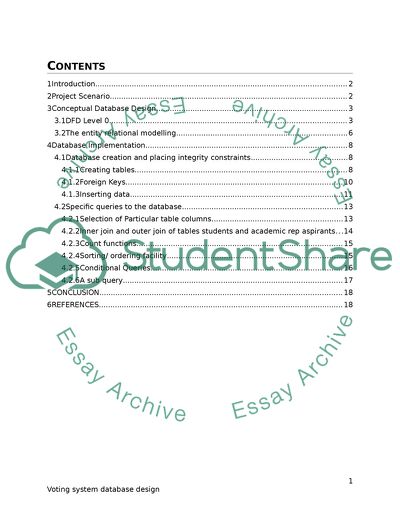Cite this document
(Conceptual And Logical Database Design Assignment, n.d.)
Conceptual And Logical Database Design Assignment. Retrieved from https://studentshare.org/information-technology/1790981-database-oracle-sql
Conceptual And Logical Database Design Assignment. Retrieved from https://studentshare.org/information-technology/1790981-database-oracle-sql
(Conceptual And Logical Database Design Assignment)
Conceptual And Logical Database Design Assignment. https://studentshare.org/information-technology/1790981-database-oracle-sql.
Conceptual And Logical Database Design Assignment. https://studentshare.org/information-technology/1790981-database-oracle-sql.
“Conceptual And Logical Database Design Assignment”, n.d. https://studentshare.org/information-technology/1790981-database-oracle-sql.


